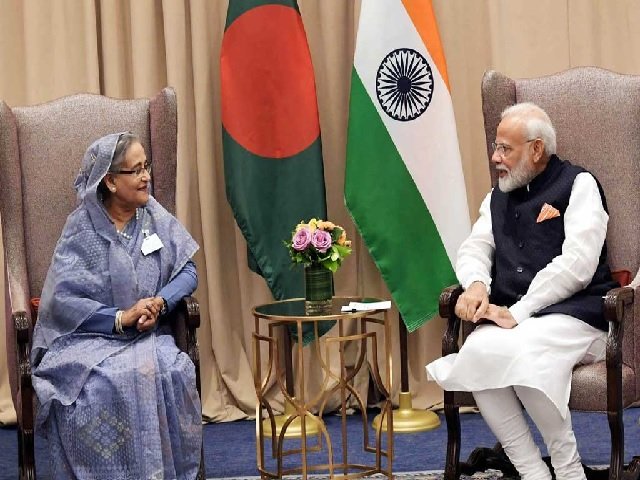PM MODI BANGLADESH VISIT: Strategic Importance


PM Modi will be on a two-day visit to Bangladesh where he will take part in commemorations of some epochal events there. This visit to Bangladesh will reinforce the existing areas of cooperation and will also introduce the new areas of cooperation. PM Modi had last visited Bangladesh in 2015. Before the visit, in order to reflect the strong ties between the two nations, India also conferred Bangabandhu Sheikh Mujibur Rahman with a Gandhi Peace Prize. The award was highly appreciated by the Bangladesh government.
His legend:
DISCLAIMER: The author is solely responsible for the views expressed in this article. The author carries the responsibility for citing and/or licensing of images utilized within the text.
